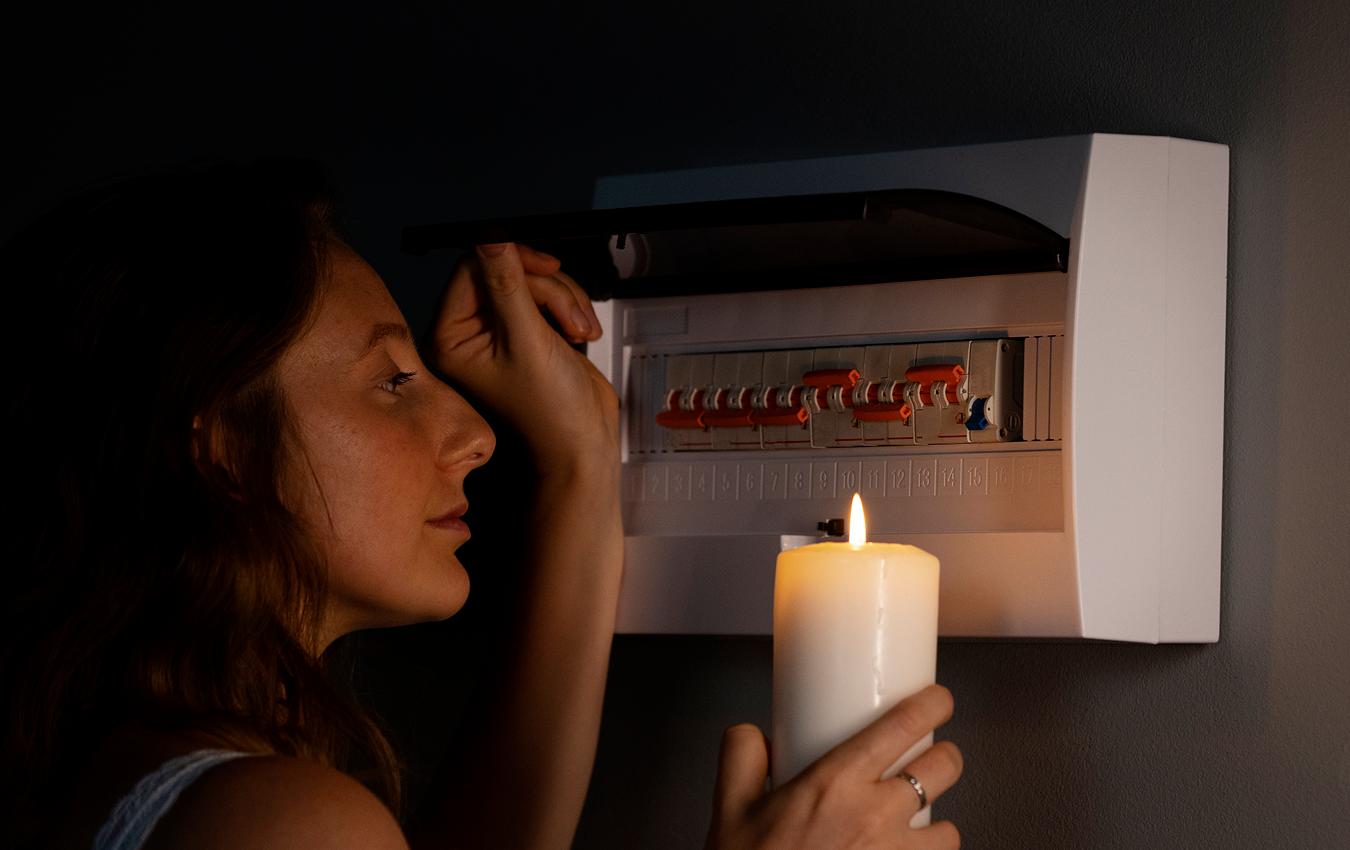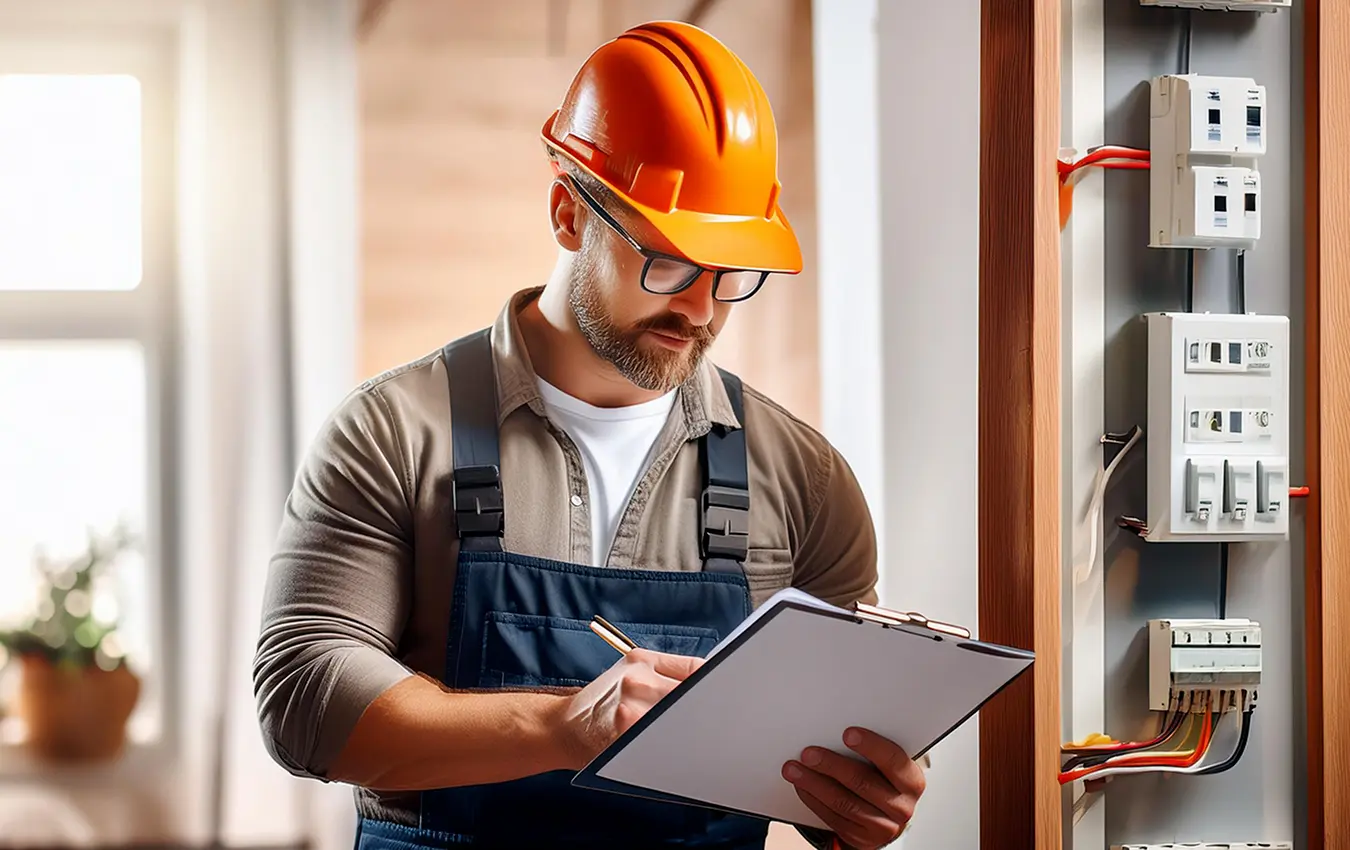Fort Lauderdale, a city synonymous with sunshine, beaches, and boating, also faces a less glamorous reality: the constant threat of power surges. These sudden bursts of electrical energy can wreak havoc on your home’s electronics, appliances, and even its electrical wiring. While lightning strikes are a dramatic and obvious cause, they’re not the only culprit. Everyday occurrences within your home and on the power grid can also generate surges, often without you even realizing it. This isn’t about fear-mongering; it’s about understanding a very real risk and taking proactive steps to mitigate it. In Fort Lauderdale, where the electrical grid is subject to the stresses of intense weather and high demand, whole-house surge protection is a must.
Understanding the Unseen Threat: What is a Power Surge?
A power surge is a brief but intense spike in voltage that exceeds the standard 120 volts used in most U.S. homes. Think of it like a sudden, powerful wave in an otherwise calm ocean. While your appliances are designed to handle minor fluctuations, a significant surge can overwhelm their delicate internal circuitry. This can lead to immediate damage, rendering devices completely useless, or a gradual degradation of performance that shortens their lifespan. The damage might not always be immediately apparent. You might notice a flickering light, a slight buzzing sound, or a device that simply doesn’t work as well as it used to. These subtle signs can be the early indicators of cumulative surge damage.
The sources of power surges are surprisingly diverse. External surges, the most powerful, are often caused by lightning strikes, even if the strike doesn’t directly hit your home. A nearby strike can send a massive jolt of electricity through the power lines, traveling for miles and impacting homes far from the initial point of contact. Downed power lines, grid switching by the utility company, and problems with transformers can also cause external surges. These events, while less frequent than lightning strikes, can still deliver a damaging blow to your home’s electrical system.
Internal surges, though generally smaller in magnitude, are far more common. They originate within your home, often caused by the switching on and off of high-powered appliances like air conditioners, refrigerators, and washing machines. These appliances draw a significant amount of current, and when they cycle on or off, they can create small voltage spikes. Over time, these seemingly insignificant surges can accumulate and weaken the sensitive components of your electronics. Even smaller devices, like hairdryers and power tools, can contribute to the problem. It’s a constant, low-level threat that most homeowners are completely unaware of.
Why Point-of-Use Surge Protectors Aren’t Enough
Many people rely on power strips with built-in surge protection in Fort Lauderdale, believing they offer adequate protection. While these devices are better than nothing, they have significant limitations. They only protect the devices that are directly plugged into them, leaving the rest of your home’s electrical system vulnerable. Consider your built-in appliances: your oven, dishwasher, HVAC system, and even your hardwired lighting fixtures. These are all susceptible to surge damage, and a power strip can’t protect them.
Power strip surge protectors also have a limited capacity, measured in joules. This rating indicates how much energy the surge protector can absorb before it fails. Once that limit is reached, the surge protector will no longer provide protection, often without any visible indication. You might be unknowingly relying on a device that has already sacrificed itself to protect your electronics. Furthermore, the quality of power strip surge protectors varies greatly. Cheaper models often offer minimal protection and degrade quickly. They provide a false sense of security, while your valuable electronics remain at risk. A point-of-use protector is fine for a single lamp, but hardly an answer to a bigger, systemic issue.
Whole-House Surge Protection: The Comprehensive Solution
Whole-house surge protection offers a drastically different level of defense. Installed directly at your electrical panel, a whole-house surge protector acts as a gatekeeper for your entire home, diverting excess voltage away from all your appliances and electronics. It’s like having a security system for your electrical system, protecting everything connected to it. This is a crucial distinction, as it safeguards not only your plug-in devices but also your hardwired appliances and systems, which are often the most expensive to replace.
There are two main types of whole-house surge protectors. Type 1 devices are installed on the line side of your electrical panel, between the utility pole and your meter. They offer the first line of defense against large, external surges. Type 2 devices are installed on the load side of your panel, protecting your home’s internal wiring and appliances. For optimal protection, many electricians recommend installing both Type 1 and Type 2 devices, creating a layered defense system. This approach ensures that your home is shielded from both external and internal surges, providing the most comprehensive protection possible.
The installation of a whole-house surge protector is not a DIY project. It requires working with high-voltage electricity and should only be performed by a licensed electrician. A qualified electrician can assess your home’s specific needs, recommend the appropriate surge protector, and ensure that it is installed correctly and safely. Improper installation can render the device ineffective and even create a safety hazard. The investment in professional installation is a small price to pay for the peace of mind and protection that a whole-house surge protector provides.
Beyond the Basics: Choosing the Right Surge Protector
Selecting the right whole-house surge protector involves more than just picking the cheapest option. Consider the surge protection rating, measured in kiloamperes (kA). A higher kA rating indicates a greater capacity to absorb surges. For Fort Lauderdale homes, given the high frequency of thunderstorms, a higher kA rating is strongly recommended. Look for a device with a rating of at least 40kA, and preferably higher.
Another important factor is the clamping voltage. This is the voltage level at which the surge protector begins to divert excess energy. A lower clamping voltage means that the surge protector will react more quickly to protect your devices. Look for a device with a clamping voltage of 400 volts or less. Don’t be afraid to question the electrician, and ensure they have the right equipment for your situation.
Features like indicator lights and audible alarms can also be beneficial. These features provide a visual or auditory indication that the surge protector is functioning properly or that it has sacrificed itself to protect your home. Some models even offer warranties that cover not only the device itself but also the connected equipment. This can provide an extra layer of protection and peace of mind. It shows that the manufacture has confidence in their product.
Conclusion
This post has explored the often-overlooked but critical issue of power surges in Fort Lauderdale. We’ve seen that surges, both large and small, from external sources like lightning and internal sources like appliances, pose a constant threat to your home’s electronics and electrical system. We’ve also established that relying solely on power strips is insufficient, offering only limited protection. The comprehensive solution, and the best way to safeguard your investment, is whole-house surge protection, installed by a qualified electrician. This provides a robust defense against voltage spikes, protecting everything connected to your electrical panel. Choosing the right surge protector, considering factors like kA rating and clamping voltage, is crucial for optimal performance.
Ready to safeguard your Fort Lauderdale home from the damaging effects of power surges? The team at Premier Electrical Services is here to help. Our licensed Fort Lauderdale electricians have the expertise to assess your needs, recommend the right whole-house surge protection solution, and install it safely and effectively. Don’t wait for the next power surge to damage your valuable electronics. Contact us at 954-900-1696 today for a free consultation and take the first step towards complete electrical peace of mind.
Key Takeaways
- Whole-house surge protection, professionally installed, provides comprehensive protection for your entire electrical system and all connected devices.
- Power surges, both external (lightning, grid issues) and internal (appliances), are a constant threat to electronics in Fort Lauderdale homes.
- Point-of-use surge protectors (power strips) offer limited protection, leaving many appliances and your home’s wiring vulnerable.
Check out the latest news:
- Commercial Energy Audit: Spotting the Sources of Energy Waste
- Protect Your Fort Lauderdale Home with Whole-House Surge Protection
- Power Outages in Fort Lauderdale: How to Protect Your Home
- Preparing for a Home Rewiring Project: A Checklist for Homeowners
- 5 Critical Signs You Need a Whole-House Surge Protector





